New Products
-
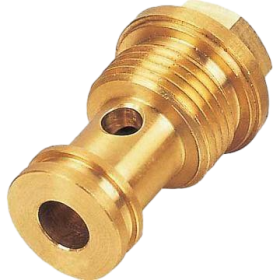
Custom Turn-Mill Combination brass parts
-
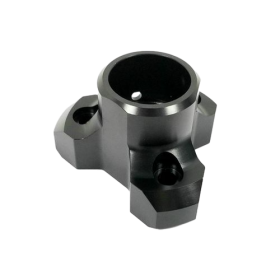
Custom Turn-Mill Combination parts
-
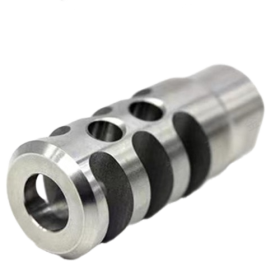
Precision CNC Turning Parts Stainless Steel shaft accessories
-
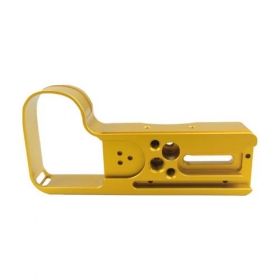
Precision CNC Custom Made Colorful Anodized Aluminum milling parts
-
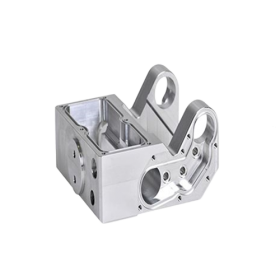
Custom CNC Milling Automated Machinery and Equipment Parts
-
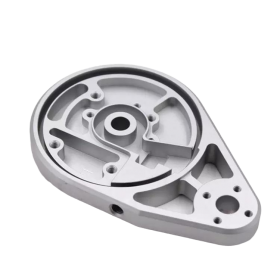
OEM/ODM Custom High Precision Metal CNC Machining/Milling/Turning Service CNC Turning Part
Common Defects and Solutions in Anodizing Aluminum
Anodizing aluminum is a popular surface treatment process that offers enhanced corrosion resistance, improved durability, and the ability to be dyed in various colors. However, like any manufacturing process, it is not without its challenges. Understanding common defects in anodizing aluminum and their potential solutions is crucial for maintaining high - quality production. This knowledge also helps in optimizing the anodizing process, reducing waste, and ensuring customer satisfaction.
1. Burn Marks
Causes:
– High current density.
– Poor electrical contact.
– Inadequate cooling.
Solutions:
– Reduce current density.
– Ensure proper electrical contact between the parts and the racks.
– Improve cooling in the electrolyte bath.
2. Color Differences
Causes:
– Inconsistent alloy composition.
– Uneven anodizing time or temperature.
– Variable dye concentration or immersion time.
Solutions:
– Use alloys with consistent composition.
– Maintain consistent anodizing time and temperature.
– Ensure uniform dye concentration and consistent immersion times.
3. Pitting
Causes:
– Contaminants in the electrolyte.
– Poor cleaning or rinsing before anodizing.
– High chloride ion concentration in the anodizing bath.
Solutions:
– Regularly filter and clean the electrolyte solution.
– Ensure thorough cleaning and rinsing of parts before anodizing.
– Monitor and control chloride ion concentration in the bath.
4. Streaks or Lines
Causes:
– Mechanical damage or scratches on the surface before anodizing.
– Residual lubricant or polishing compounds.
– Inconsistent etching or cleaning.
Solutions:
– Handle parts carefully to avoid mechanical damage.
– Thoroughly clean and degrease parts before anodizing.
– Ensure uniform etching and cleaning processes.
5. Poor Adhesion of Dye
Causes:
– Inadequate anodizing layer thickness.
– Contamination on the surface.
– Inconsistent dye bath conditions.
Solutions:
– Ensure proper anodizing layer thickness.
– Thoroughly clean parts before anodizing.
– Maintain consistent dye bath conditions, such as temperature and pH.
6.Peeling or Flaking
Causes:
– Inadequate sealing of the anodized layer.
– Overly thick anodized layer leading to brittleness.
– Poor surface preparation.
Solutions:
– Ensure proper sealing of the anodized layer.
– Optimize anodizing parameters to achieve the desired layer thickness.
– Ensure thorough surface preparation before anodizing.
7. Non-Uniform Coating Thickness
Causes:
– Inconsistent electrical contact.
– Uneven current distribution.
– Improper racking or jigging.
Solutions:
– Ensure consistent and reliable electrical contact.
– Use appropriate rectifiers and controllers to maintain even current distribution.
– Optimize racking or jigging to ensure uniform exposure to the anodizing solution.
Conclude: By being aware of these common defects in aluminum anodizing and implementing the corresponding solutions, manufacturers can significantly improve the quality of their anodized products. This not only leads to higher customer satisfaction but also reduces production costs associated with rework and waste, making the anodizing process more efficient and profitable.

 Evan Xiao
Evan Xiao